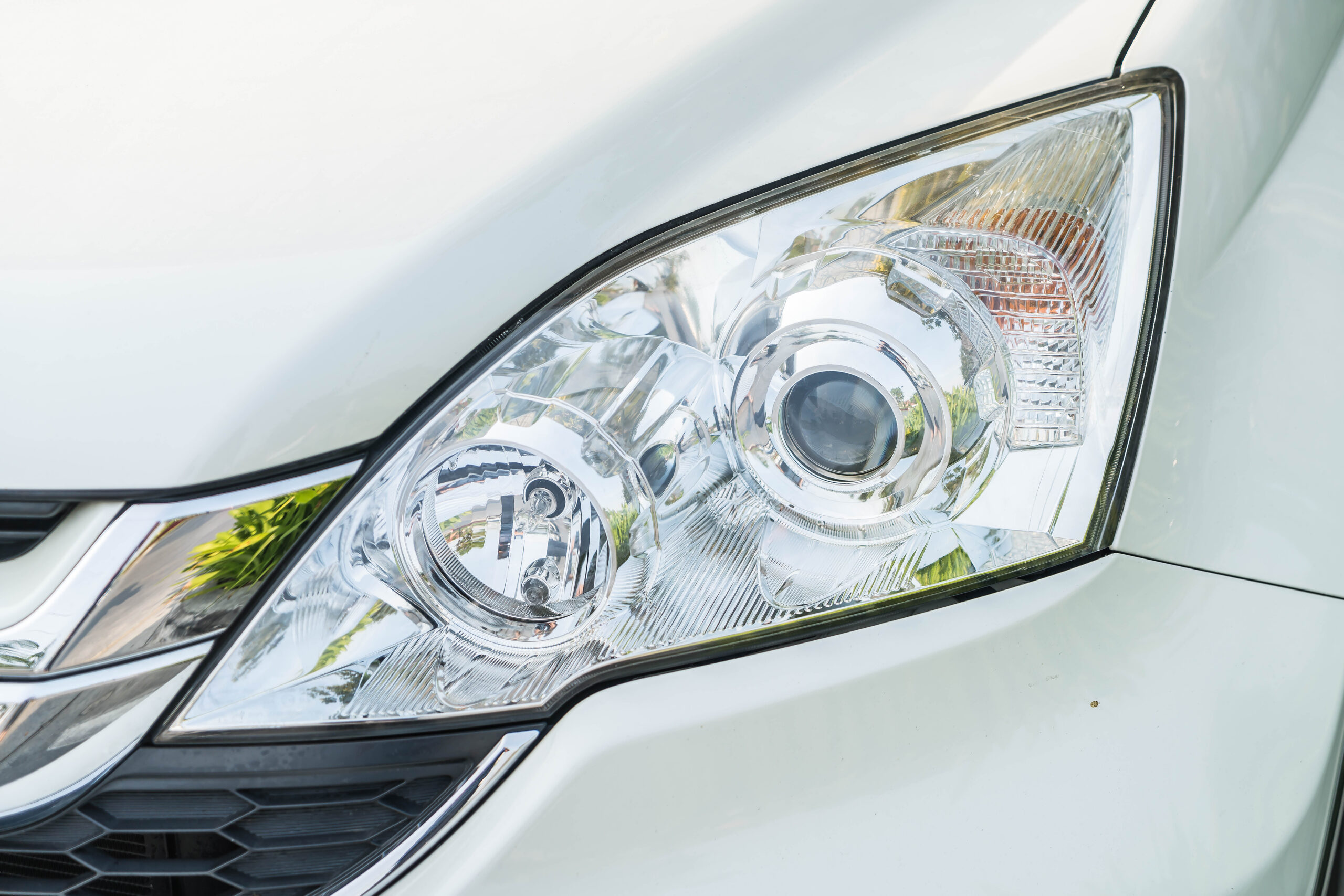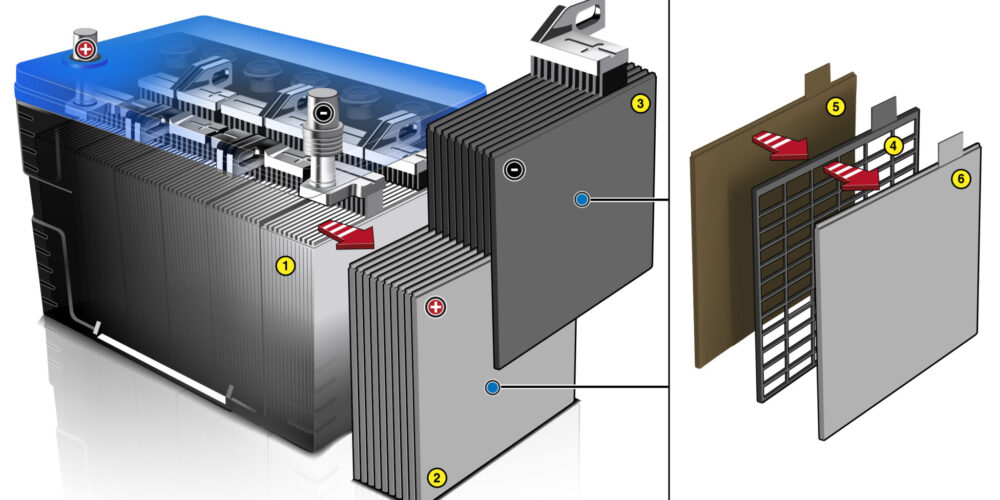Condensation inside headlights – a malfunction symptom or something normal?
Condensation inside headlights immediately evokes associations with a heavily desolated car – and yet this can happen even in a new car. We explain what may be the cause and when the headlight needs to be replaced.

Contrary to popular beliefs, car headlights are not hermetically sealed. Each of them has few ventilation holes through which air circulates. This is necessary because halogen bulbs and xenon burners generate a lot of heat, which must be effectively dissipated. Unfortunately, air moisture penetrates through the ventilation holes into the headlight. The polycarbonate housing is located at the contact point of warm air inside the headlight and usually cooler air outside. If the air inside the headlight has a relative humidity of 50% and a temperature of 20 degrees, it is sufficient for the ambient temperature to drop to 9 degrees for a mist to form on the inside of the lamp.
This is completely natural. Condensation usually disappears after just a few kilometres of driving when the air circulating inside the headlight unit removes moisture effectively.
This is perfectly visible when a car leaves the car wash in the summer – this is when headlights fogging occurs most often even though the ambient temperature is high.
However, it is necessary to distinguish between a slight fog, which usually occurs close to the edge of the lamp shade, and a situation in which moisture condenses inside the headlight, not to mention “standing water”. It is then worth making sure that the bulb hole seal is properly inserted. If so, it means that the headlight is damaged – there could be a crack in the lampshade or in the housing. This is often the result of unprofessional post-accident repair. In such a situation, the only way out is to replace the headlight with a new one. There is no effective way to dry and reassemble the headlight so it will be properly sealed. On the other hand, a used headlight not only does not guarantee efficiency, but also it may cause a significant difference in the quality of road lighting on both sides of the car.













